The second exam will cover the material in chapters 18, 19, and 20. Specifically, it will cover topics from sections 18.1 - 18.5, 19.1 - 19.11, 20.1 - 20.5, and 20.7 (20.8 and 20.9 are useful to understand, though no specific problems were assigned on these topics).
The exam is closed book and closed notes. Remember to bring a calculator.
The exam will begin at 10:40 and end at 11:35am.
The exam will consist of 10 questions, with a format similar to the first exam. Each question will be worth 2 points, for a total of 20 points on the exam. The exam counts for 20% of your grade, so each point is 1% of your final grade.
The following equations and constants will be given on the exam.
| I = DQ / Dt | DV = I r |
| Req = R1 + R2 + ... | 1/Req = 1/R1 + 1/R2 + ... |
| Iin = Iout | Sloop Vi = 0 |
| q = Q0 (1 - e-t/RC) | q = Q0 e-t/RC |
| I = I0 (1 - e-Rt/L) | I = I0 e-Rt/L |
| t = R C | t = L / R |
| F = q v B sinq | F = B I l sinq |
| t = N B I A sinq | r = m v / q B |
| B = m0 I / 2 p r | F / l = (m0 I1 I2) / (2 p d) |
| B = m0 n I | F = B A cosq |
| emf = -N (DF / Dt) | emf = B l v |
| emf = N A B w sin(w t) | emf = -L (DI / Dt) |
| L = N F / I | PEL = ½ L I² |
| P = IDV = I² R = (DV)² / R | 1 kWh = 3.60×106 J |
| k = 9×109 N m²/C² | e0 = 8.85×10-12 C²/N m² |
| m0 = 4p×10-7 Tm/A |
Note that, although the equations are given, you must remember what they stand for and how to use them. For instance, you must remember that the proper formula for combining resistances in parallel is 1/Req = 1/R1 + 1/R2 + ..., and that Req = R1 + R2 + ... is the equation for combining resistances in series.
You are responsible for knowing concepts that go along with the material. You should know Lenz's law and how to apply it (changing magnetic flux induces a current which opposes the change in flux).
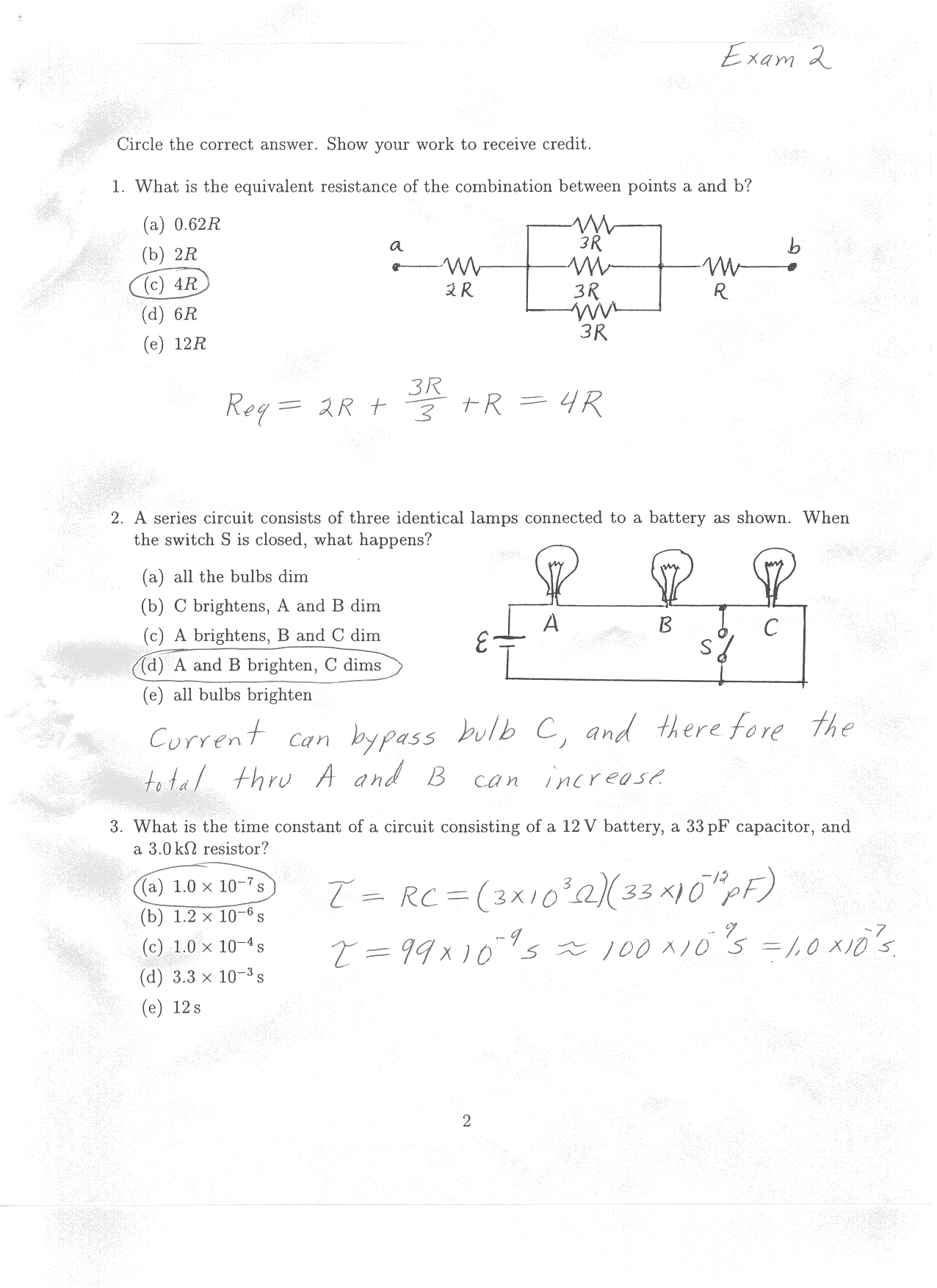
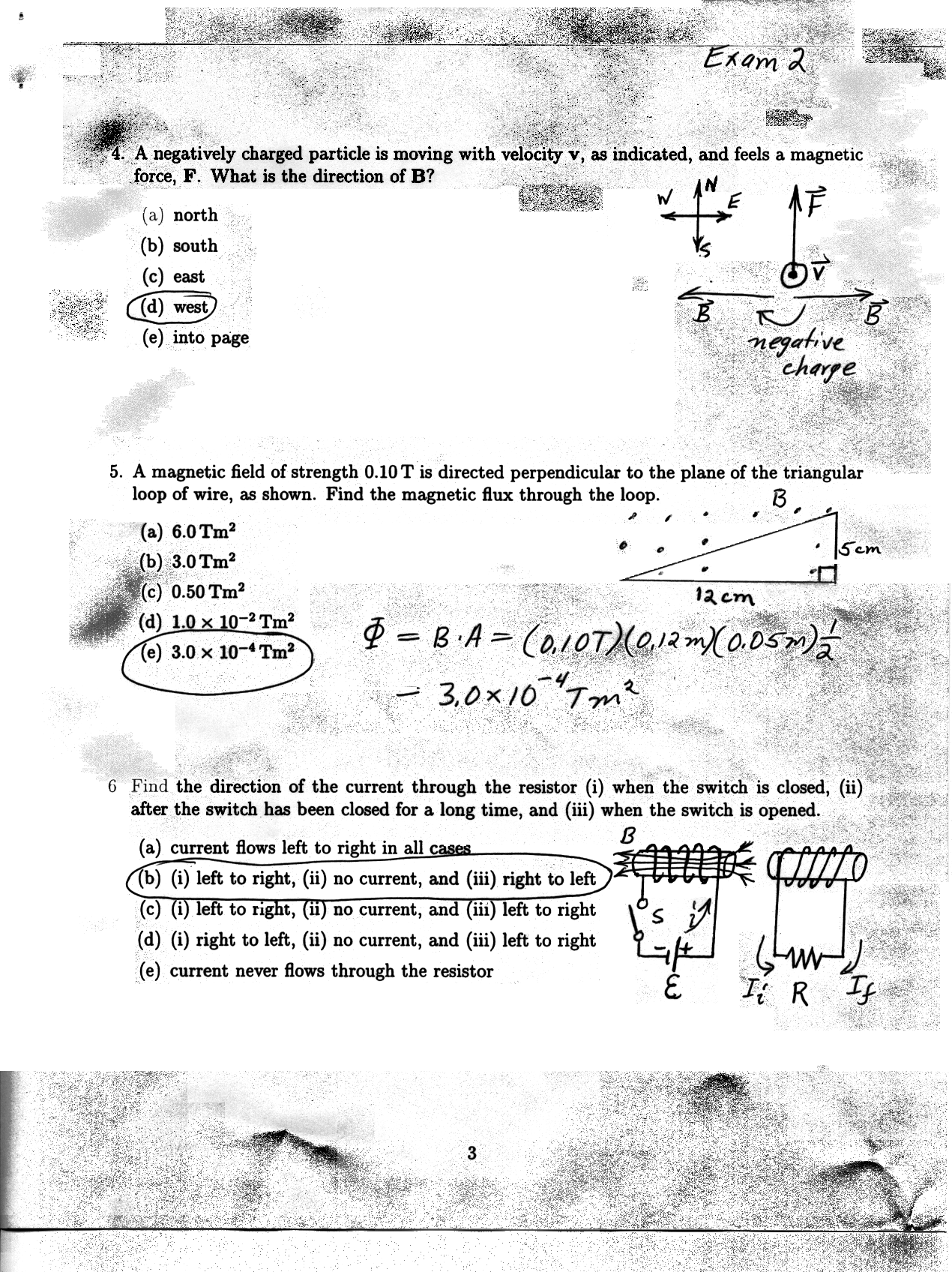
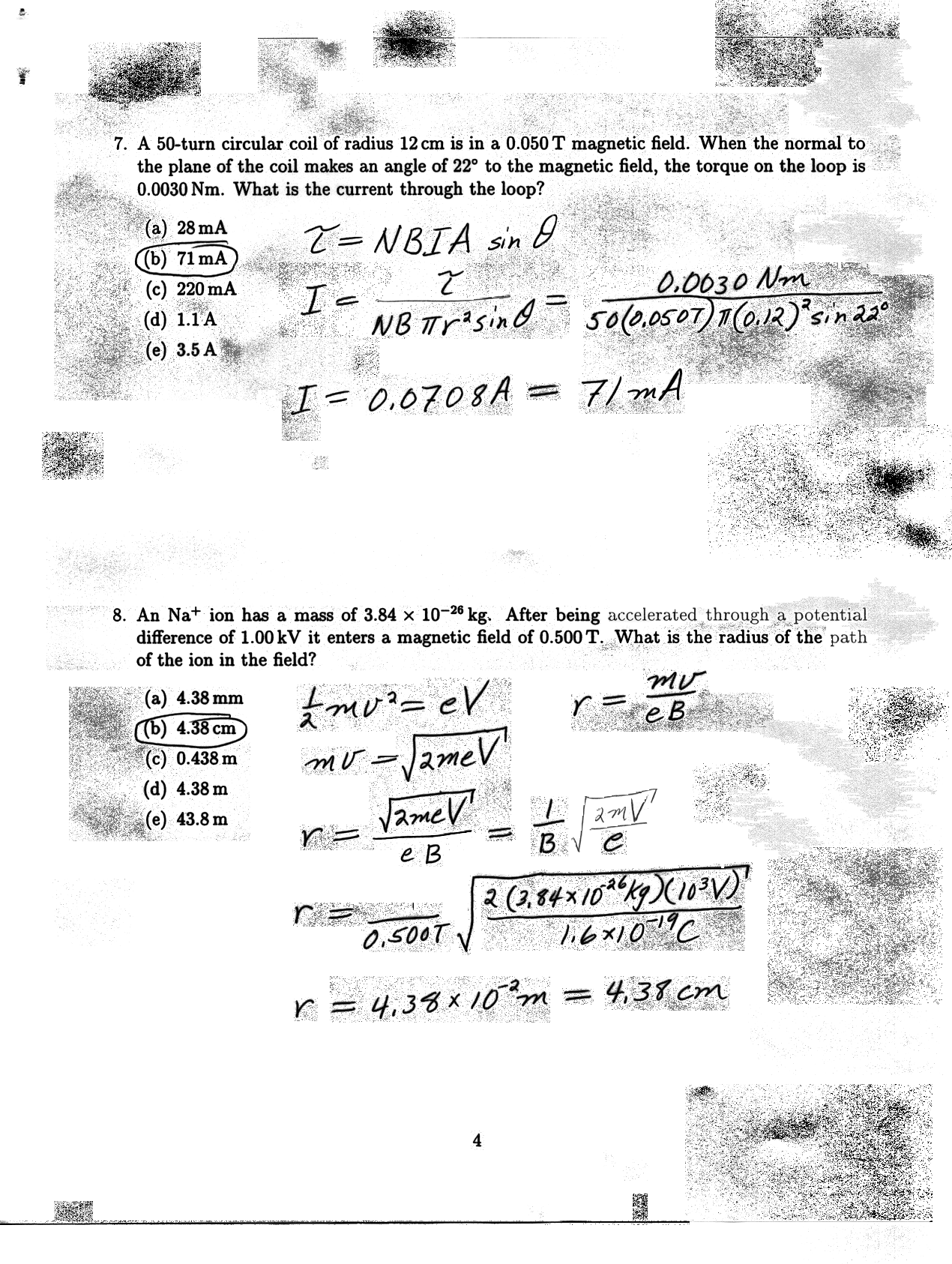
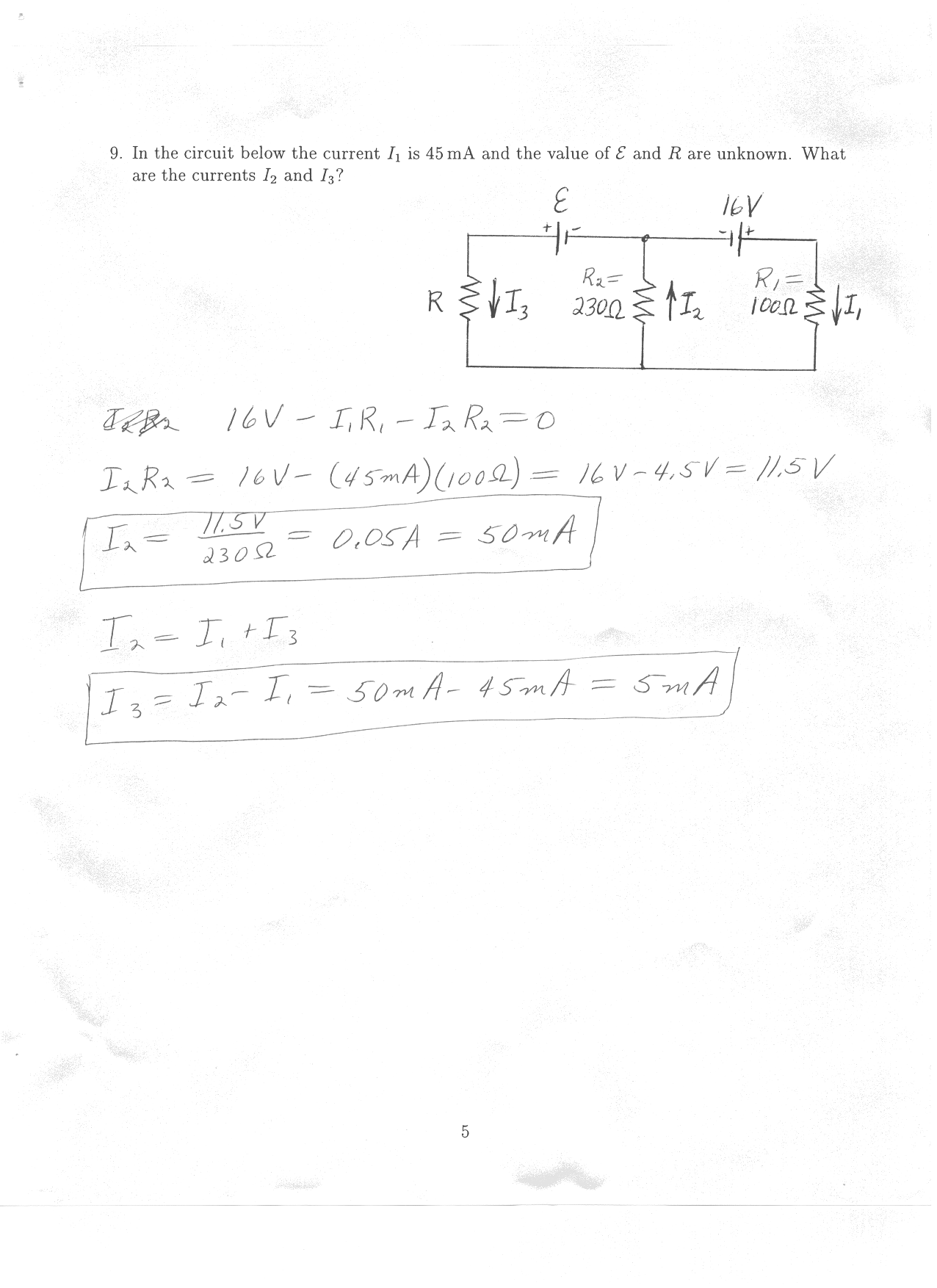
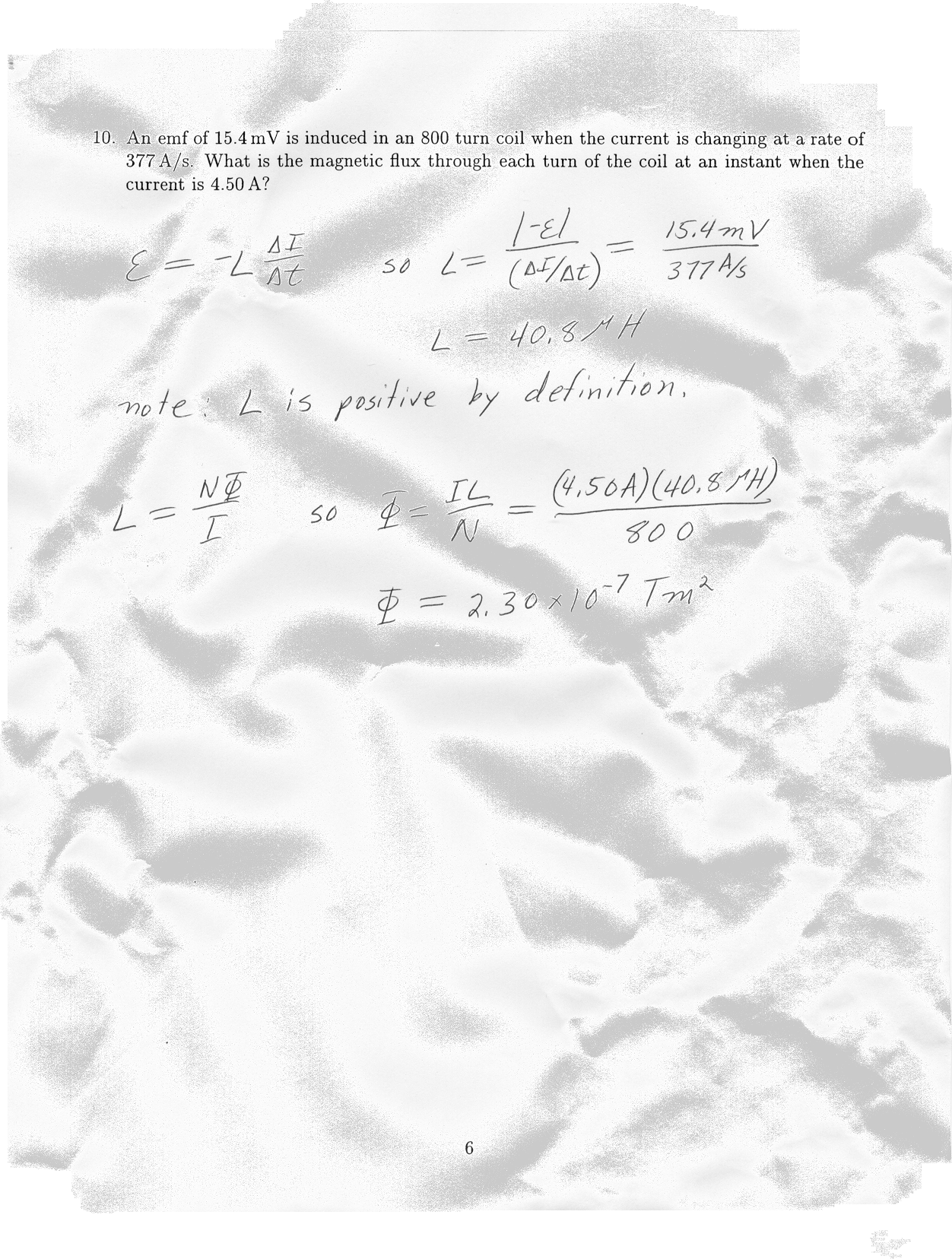 © Robert Harr 2000
© Robert Harr 2000